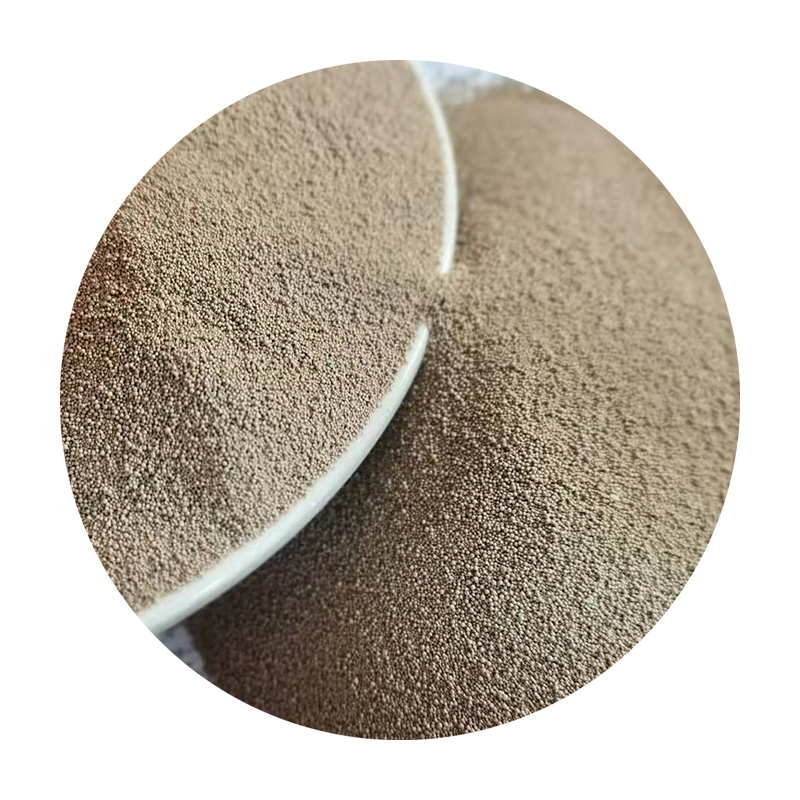Sand casting, a versatile and widely employed manufacturing process, serves as a cornerstone in various industries due to its unique adaptability and cost-effectiveness. This method involves the creation of a mold from sand, into which molten metal is poured to form intricate shapes and components. Its applications span across multiple sectors, each benefiting from the distinct advantages that sand casting offers.
One of the primary uses of sand casting is in the automotive industry. With the ever-increasing demand for lightweight yet durable components, manufacturers rely on sand casting to produce engine blocks, transmission housings, and other critical parts. The process allows for complex geometries and large castings, making it an ideal choice for producing high-performance vehicle components.
.
Further extending its reach, sand casting is prevalent in the manufacturing of industrial machinery. From pumps and valves to gear housings, the process supports the creation of robust components that can withstand harsh operational conditions. The versatility of sand casting in accommodating different metals—including aluminum, iron, and bronze—enhances its applicability across diverse machinery requirements.
sand casting uses

In addition to these sectors, sand casting finds its place in artistic creations and prototyping. Artists and sculptors often use sand casting techniques to produce intricate metal sculptures and decorative pieces, showcasing the aesthetic potential of the method. Moreover, for prototype development, sand casting allows designers to test and iterate on their concepts quickly and cost-effectively.
The environmental aspect of sand casting is also noteworthy. With advancements in technology, many foundries are incorporating sustainable practices, such as recycling sand and using green binders. This movement towards sustainability is making sand casting not only a practical choice but also an eco-conscious option in modern manufacturing.
In conclusion, sand casting remains a vital process with diverse applications spanning automotive, aerospace, industrial machinery, and artistic sectors. Its ability to produce complex and high-quality components, coupled with its cost-effectiveness, ensures that it will continue to be a preferred method for manufacturing in the years to come.
Post time:oct. . 21, 2024 22:58
Next:Techniques for Wet Sanding Ceramics to Achieve a Smooth Finish
